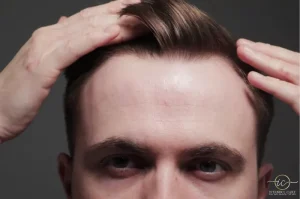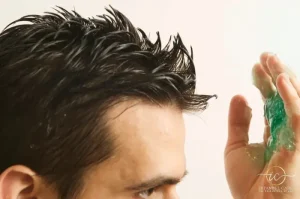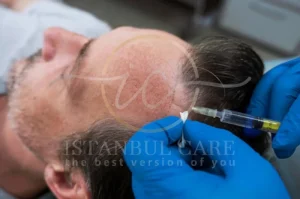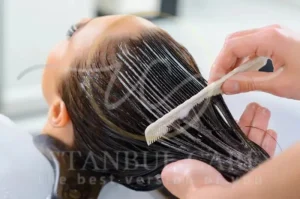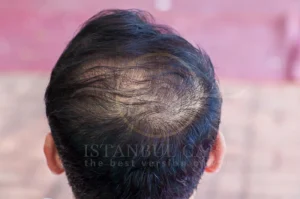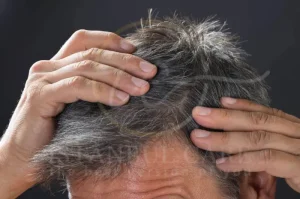Istanbul Care Hair Transplant

Best Hair Transplant Center
Book now and start your free WhatsApp consultation
Change The Way You Look With Hair Transplant
the best version of you
Hair Transplant Results
For the most successful results, choose Istanbul Care as your first choice. We deliver incredible hair transplant outcomes with a top-level natural appearance.
Our Hair Transplant Success Stories YouTube Channel
With our experience of treating thousands of patients, we have the largest hair transplant capacity in Turkey. Thanks to thousands of verified patient testimonials, we create a trustworthy environment for our patients.
A Reliable Roadmap for Your Hair Transplant Plan!
01.
1. Fill Out the Form
Provide your details to begin your personalized journey.
02.
2. Get your free consultation
Receive expert advice at no cost.
03.
3. Visit to Turkey
Experience world-class treatment in a welcoming environment.
04.
04. Professional Translator Services
Communicate smoothly with assistance from our multilingual team.
05.
5. After operation treatment for enhanced results
Optimize recovery and boost outcomes with our post-op care.
06.
06. Pre-operative test
Confirm your readiness through essential medical evaluations.
07.
07. Treatment Planning with Doctor
Customize your procedure under expert guidance.
08.
08. Transportation (Hotel-Airport-Hospital)
Travel conveniently with our comprehensive transfer services.
09.
09. Dressing, after the operation
Ensure proper wound care for faster healing.
10.
10. Medicines, shampoo and lotion
Use specialized products to support healthy hair growth.
11.
11. Official medical certificate
Receive valid documentation of your procedure.
12.
12. Post Operation Follow Up
Stay connected for ongoing support and monitoring.




Hair Transplant in Turkey with Istanbul Care
Welcome to Istanbul Care, a leading hair transplant clinic in Istanbul specializing in high-quality DHI, FUE, and Sapphire FUE hair transplantation. We provide world-class treatments to international patients seeking a permanent solution for hair loss, delivering natural and long-lasting results.
With FDA-approved techniques, state-of-the-art facilities, and a highly experienced medical team, we ensure a comfortable and successful hair restoration journey. Our all-inclusive packages include personalized consultations, advanced hair transplant procedures, VIP transfers, and comprehensive post-operative care.
Discover why Istanbul is the top destination for hair transplants and how Istanbul Care can help you restore your confidence. Book your free consultation today!

Best Hair Transplant Center of Turkey




Hair Transplant in Turkey with Istanbul Care
Welcome to Istanbul Care, a leading hair transplant clinic in Istanbul, specializing in high-quality DHI, FUE, and Sapphire FUE hair transplantation. We offer world-class treatments to international patients seeking a permanent solution for hair loss with natural and long-lasting results.
With our FDA-approved techniques, state-of-the-art facilities, and experienced medical team, we ensure a comfortable and successful hair restoration journey. Our all-inclusive packages include personalized consultations, advanced hair transplant procedures, VIP transfers, and post-operative care.
Discover why Istanbul is the top destination for hair transplants and how Istanbul Care can help you regain your confidence. Book your free consultation today!

Best Hair Transplant Center of Turkey
Get Your Hair Transplant in Istanbul with Istanbul Care
Istanbul is the #1 destination for hair transplantation, renowned for its high success rates, experienced surgeons, and cost-effective treatments. At Istanbul Care, we make the process seamless, ensuring the best results and a hassle-free experience.
✔ Free Online Consultation
✔ Personalized Treatment Plans
✔ State-of-the-Art Hair Transplantation Techniques
Contact us today and take the first step toward a fuller, thicker head of hair!

Best Hair Transplant Center of Turkey




What Our Patients Say About Istanbul Care
At Istanbul Care, patient satisfaction is our top priority! See what our international patients say about their hair transplant experience in Turkey. Read real Google Reviews and discover why we are a trusted choice for DHI, FUE, and Sapphire FUE hair transplants in Istanbul.
Let their experiences guide you—your transformation starts here!
Frequently Asked Questions
The cost varies by technique and grafts needed. At Istanbul-Care, prices start from €1,500, including FUE, DHI, or Sapphire FUE.
We offer affordable pricing, expert surgeons, advanced techniques, and all-inclusive packages, attracting patients from Italy, Germany, Albania, Spain, USA, and France.
- FUE: Individual follicle extraction for natural results.
- DHI: Direct implantation for better density.
- Sapphire FUE: Uses sapphire blades for precise incisions.
Our specialists will recommend the best technique for you.
No, we use local or needle-free anesthesia for a painless experience. Most patients feel only minor discomfort.
✔️ Procedure (FUE, DHI, or Sapphire FUE)
✔️ 4-5 star hotel stay
✔️ VIP airport transfers
✔️ Post-op care & medications
✔️ Lifetime guarantee
- 1st month: Temporary shedding (shock loss).
- 3-6 months: New hair growth begins.
- 12 months: Full, permanent results.
Yes! Istanbul-Care provides female hair transplants for thinning hair, alopecia, and receding hairlines.
Yes, hair from the donor area (back of the head) is resistant to hair loss, ensuring lifelong results.
The procedure lasts 6-8 hours, depending on the number of grafts. Patients can return to daily life within 2-3 days.
1. Get a free consultation at Istanbul-Care.
2. Send photos for hair analysis.
3. Choose your transplant technique.
4. Book your trip and enjoy a new hairline!

Speak with our expert DHI Hair Transplant specialists
We’re ready to answer your questions






































